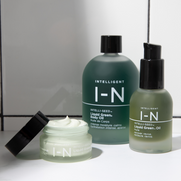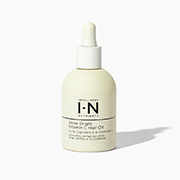Why is it important to have bees, bats, birds and butterflies?
Bees, butterflies, birds and bats are responsible for the reproduction of most flowering plants. Over 35% of the global food supply and over 80% of flowering plants are dependent upon animal pollination.
Birds and bats help control pests, like mosquitoes. They also provide nutrients to the soil through decomposition and (in the case of bats) guano.
Without these beneficial creatures, things get out of balance. Mosquito and other pest populations get out of control. Without our pollinators, many flowering plants would disappear.
Besides making the world beautiful and providing humans with food, flowering plants provide essential food and habitat to countless other animals…As you can see, it’s a complicated web of symbiotic relationships that must be kept in balance.
Why are bees, bats, birds and butterflies in trouble?
The health of our pollinators is currently compromised by the overuse of pesticides (including insecticides, herbicides and fungicides), a lack of nutritious food sources, compromised habitat, and a slew of diseases and pests. There are many bees, birds, bats and butterflies that suffer because their native habitats have been diminished. Just like humans, pollinators need plentiful, clean and diverse food sources in order to remain strong and healthy.
A note on Honey Bees: Honey bees are not native to the U.S., but they are also in need of our protection and support. They have two very unique roles to play: The first is to pollinate many of our country’s main food crops, such as melons, squashes, almonds, berries, apples, and much more. The second is to serve as an “indicator species.” Because honey bees live in large colonies and are managed by humans, it is easy to notice when they are doing well, and when they are suffering. When the honey bees are suffering, we can deduce that other, harder-to-observe pollinating insects are also suffering, and are in need of our protection.
In order to keep honey bees healthy, we need to plant clean bee food, and make sure we are properly managing the pests and diseases that plague honey bee colonies.
What can we do?
There are many ways to help bees, bats, birds and butterflies:
Plant flowers that can serve as food for pollinators and habitat for pollinators.
Leave wild flowers alone! Instead of mowing, let common “weeds” like dandelion, white clover, and plantain bloom. Let hedgerows grow wild with asters and goldenrod. Don’t cut down your milkweed stalks–instead, hope that monarch butterflies will hang their chrysalis’ from them.
Do not use pesticides in any area where plants are flowering–chances are, there are thousands of insects collecting food from those flowers, and you don’t want to contaminate the nectar and pollen.
Spread the word: talk to your friends and neighbors about not spraying their lawns, or at least timing the application of pesticides so it does not affect blooming flowers. Share literature about planting flowers for pollinators, etc.
Stay updated on pollinator research via The UMN Bee Lab and other scientific institutions. Make sure the information on pollinators and/or beekeeping is relevant to your local region/ climate.









